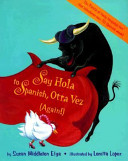
Presents a humorous introduction to Spanish words through illustrations and rhyming text.
Materials from United States of America

Presents a humorous introduction to Spanish words through illustrations and rhyming text.
When his mother is sent to jail in Los Angeles, eleven-year-old Tony goes to live with his forest ranger great-uncle in the Sierra Nevada Mountains, where Tony experiences unconditional love for the first time through his friendship with a rescue dog.
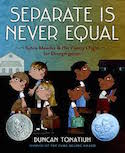
“Years before the landmark U.S. Supreme Court ruling Brown v. Board of Education, Sylvia Mendez, an eight-year-old girl of Mexican and Puerto Rican heritage, played an instrumental role in Mendez v. Westminster, the landmark desegregation case of 1946 in California”–
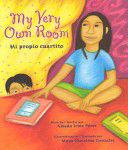
With the help of her family, a resourceful Mexican-American girl with two parents, five little brothers, and visiting relatives realizes her dream of having a space of her own to read and to think. Based on the author’s own childhood.
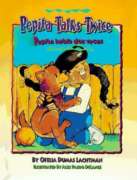
Pepita, a little girl who can converse in Spanish and English, decides not to “speak twice” until unanticipated problems cause her to think twice about her decision.
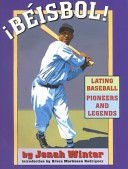
Presents profiles of fourteen Latino baseball players who, from 1900 through the 1960s, were pioneers of the sport in their home countries and the United States.

When René learns that in the United States his name is also a girl’s name, he does some research and relates the name’s meaning and letters to his homeland of El Salvador and the things that make him special.